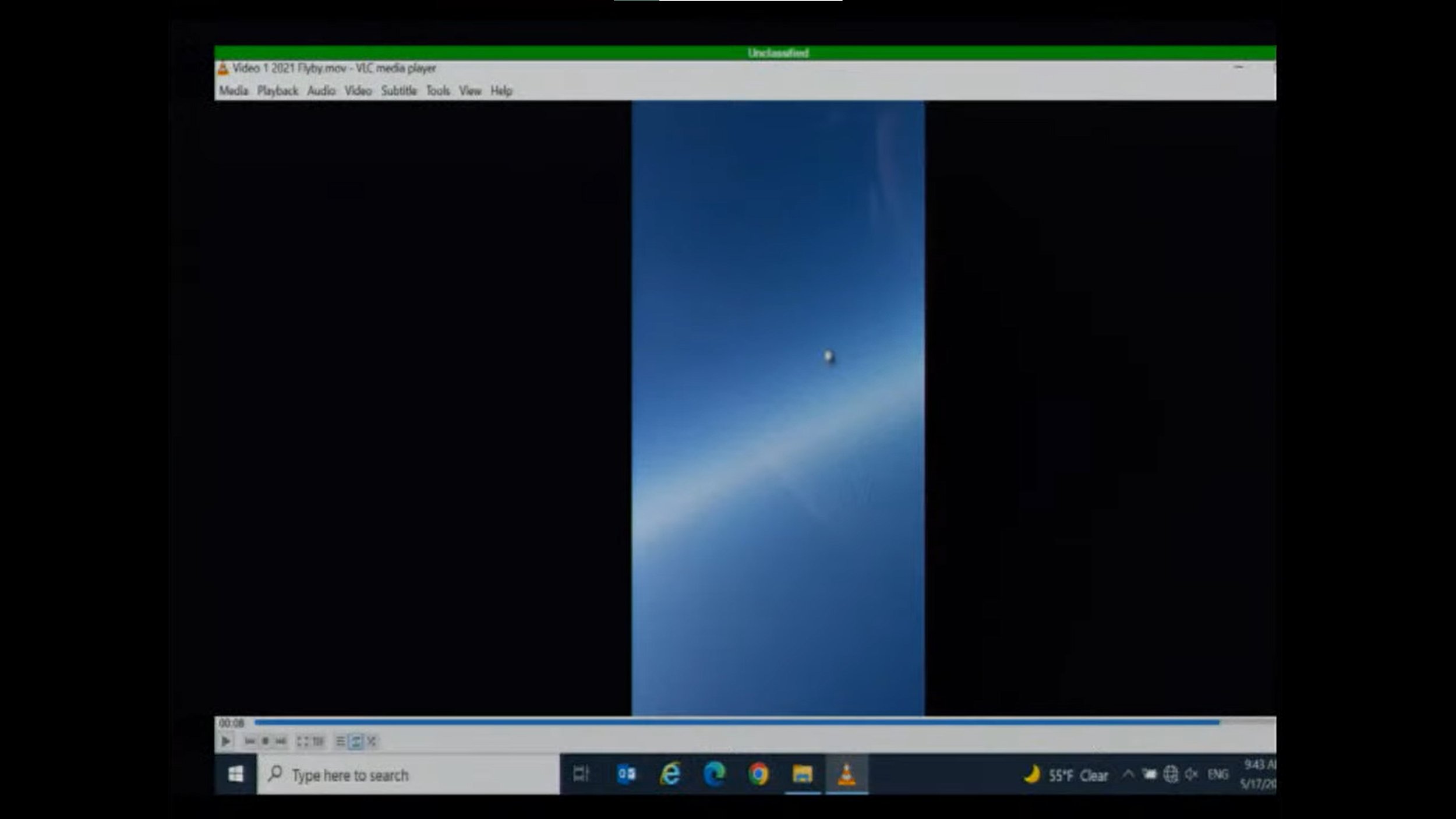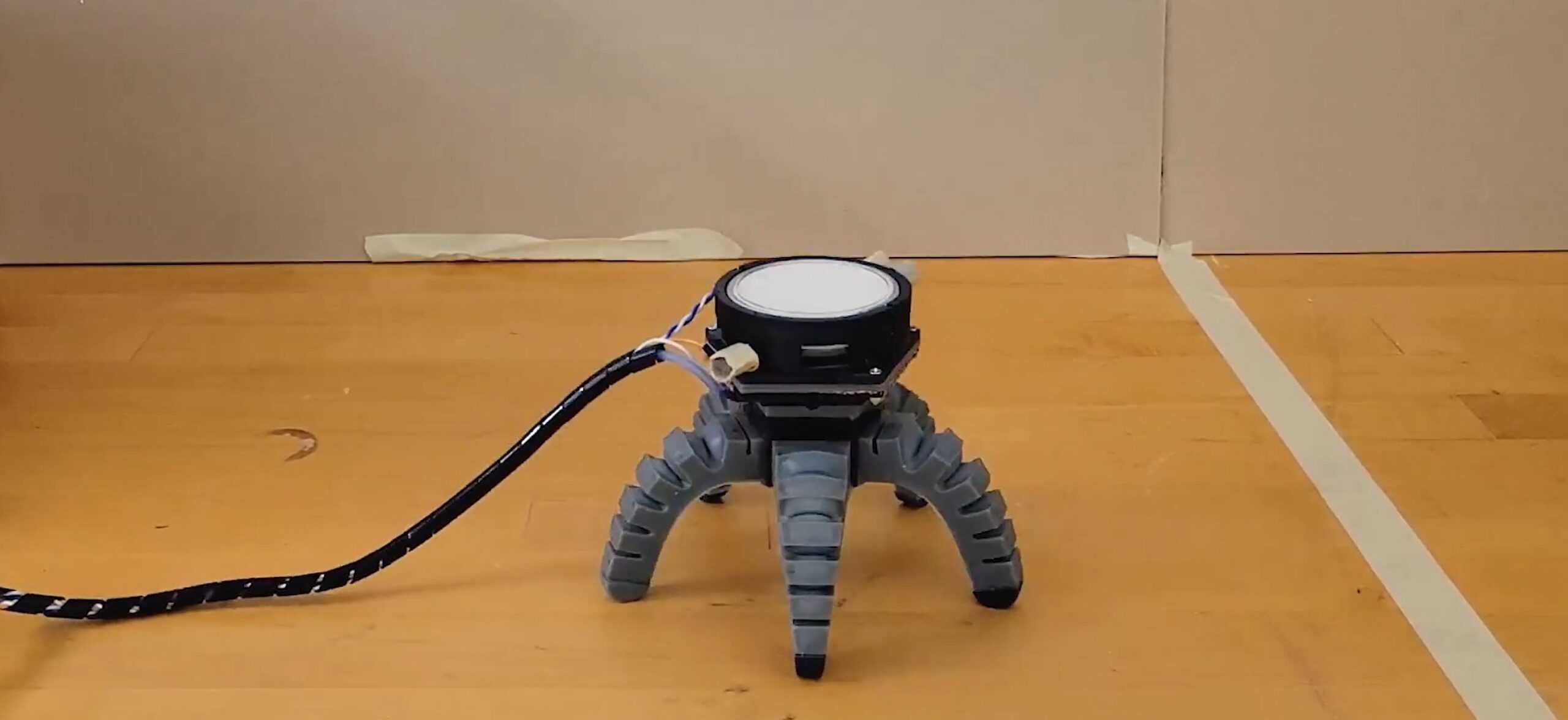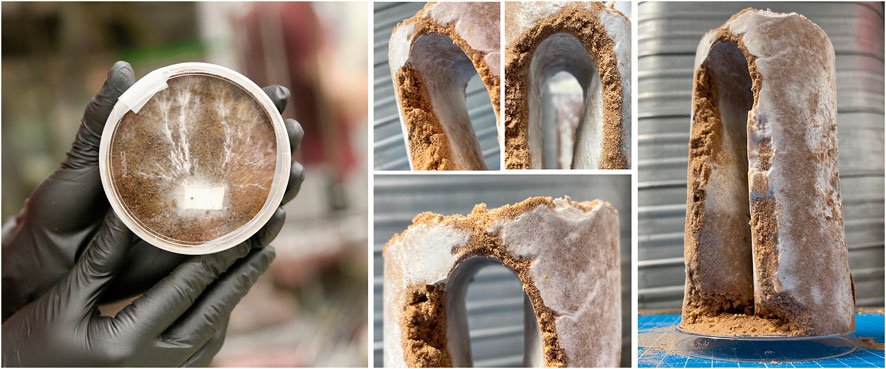PICTURED: A jet fighter passes by a strange spherical object—an example of UAP, or unidentified aerial phenomena, that was presented during Tuesday’s hearing.
WASHINGTON D.C. May 17th, 2022. In 2017, the Dept. of Defense quietly restarted a long-abandoned program which sought to catalogue sightings of objects in the air possessing of unexplainable characteristics. The new program, benefiting from new technology, would seek to track what is now known as “unidentified areal phenomena,” or UAPs, the government’s full-court press attempt to change the long-used terminology of UFO to avoid the attached stigma.
Last year, the Pentagon re-wrote the charter for this organization, called the “Airborne Object Identification and Management Synchronization Group,” (AIMSOG), which was the focus of a hearing before a House Intelligence Sub-committee yesterday.
“Today we will seek to bring that organization out of the shadows,” said Rep. Andre Carson (D – IN) Chairman of the subcommittee, who led the hearing. “This hearing and oversight work has a simple idea at its core—UAP are a potential national security threat, and they need to be treated that way”.
“For too long, the stigma associated with UAPs has gotten in the way of good intelligence analysis,” Carson noted in his opening remarks. “Pilots avoided reporting or were laughed at when they did”.
The hearing comes nearly a year after the Office of the Director of National Intelligence submitted a report to Congress about UAPs, which found that…
-
Most of the UAP do, in fact, represent physical objects.
-
They cannot by any means be explained in the same way as each other.
-
Between 2004-2021, 144 UAP were recorded, and 80 were recorded on multiple sensor arrays (radar, weapons systems, camera, etc.)
-
Patterns of size, shape, and especially propulsion habits, have emerged in the UAP data.
-
A handful of UAP possess advanced technology (remaining stationary in winds aloft, moving against the wind, maneuvering abruptly, or moving at considerable speed, without discernable means of propulsion.)
-
They probably pose a risk to national security, especially when, as in some instances, they demonstrate a breakthrough aerospace technology.
Indeed within the opening remarks, Committee chairman Adam Schiff expressed his hope that the AIMSOG taskforce could explain how “there is something there, measurable by multiple instruments… that seems to move in directions that is inconsistent with physics”.
AIMSOG’s recent re-authorization in the NDAA for 2022, included a dedicated office, with which it will attempt to standardize the reporting and cataloguing of UAP, which includes an impressive collaborative network across all the armed forces, intelligence and law enforcement agencies like the FBI and DHS, and scientific and commercial agencies like the FAA, NASA, and the NOAA.
At the end of the day however, this hearing represents the national security establishment’s public declaration that one of the most fundamental questions of our time—are we alone—is going to become, like so many things in America, a question of national security. As such it will take place shuttered behind the military-industrial-intelligence apparatus, and replace scientists with spies and bureaucrats.
PICTURED: Mr. Scott Bray, Deputy Director of Intelligence for the Navy, at the hearing on Tuesday.
What the public got out of this hearing
Testimony from Scott Bray, Dep. Director of Intelligence for the Navy, revealed that 400 reports have been filed by Naval aviators observing UAP, which he says since the year 2,000 have grown in frequency. More eyes in the sky, and more sophisticated surveillance equipment, as well as an open-door, judgement-free reporting process, are all reasons for this increase, Bray said.
In his opening remarks he showed a video taken by a pilot of an object, or phenomena, passing over the cockpit almost faster than the human eye can discern due to the speed of the jet.
The other individual called to testimony was Undersecretary of Defense for Intelligence and Security Ronald Moultrie, who described himself as “an inquisitive mind,” an intelligence professional with 40 years experience, and someone who “has focused on both science and science-fiction,” after being asked if he was a fan of science-fiction. Moultrie then said he had gone to “conventions” but he “doesn’t necessarily dress up” and that there’s “nothing wrong with that”.
“We have our questions; we want to know what’s out there just as you want to know,” Moultrie said, breaking the ice. “We get questions, not just from you but from our family members, we get them night and day, not just in committee hearings”.
Much of UAP as a national security concern stem from the fear of advanced technological breakthroughs from either China or Russia, a curious statement considering how ineffectual the Russian military is displaying itself to be in Ukraine. Chairman Schiff asked, having seen a frozen frame of a slightly reflective metal sphere out of a cockpit window as the plane passes by it at high speeds, if any of America’s “adversaries” had developed the ability to move an object “without a discernable means of propulsion,” as reported in the ODI 2021 report.
Mr. Bray said he was not aware of any such technology existing.
“We make no assumptions about the origin of this, or that there may or may not be some kind of technology we do not understand,” said Bray, stressing that when the UAP task force at the Navy or DoD determines something is currently “unexplainable” it could be anything on a spectrum between the present data can’t determine a conclusion, to, there’s not enough data because it was a story told by a pilot from a flight he had fourteen years ago.
During further questioning, Bray admitted that standardized civilian reporting of UAP would be the right thing to do, in regards to commercial airline pilots or others who may come in contact with UAP, as well as that it was true other countries have established their own version of the Navy’s UAP taskforce, including China, and that some of these countries share data with the United States, who returns some data to others.
Raja Krishnamoorthi (D – IL) asked whether any UAP had been detected underwater, to which Moultrie replied immediately that they would discuss that in the following, classified testimony.
Regarding classification, the two witnesses insisted under questions from several Congressmen that in the event a UAP recording, including video evidence or other data, doesn’t call for classification, it would be promptly released to the public, with both Bray and Moultrie noting the risk of covering too much information up due to the widespread interest in the topic.




